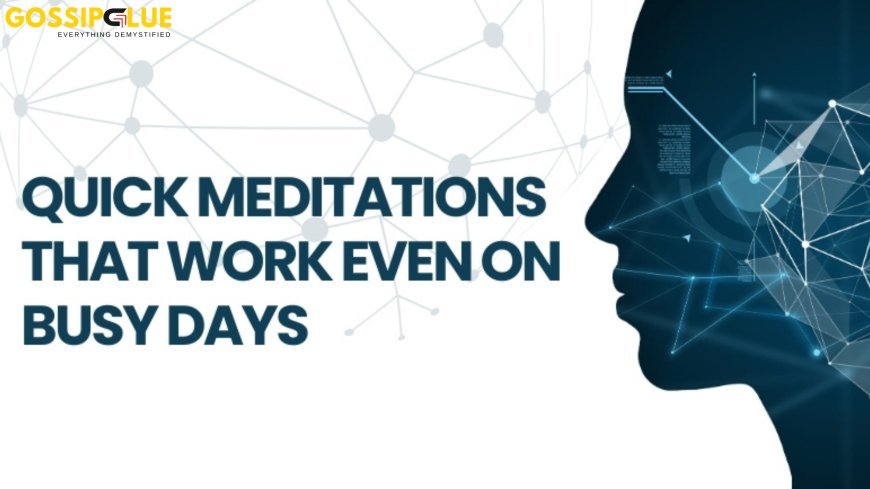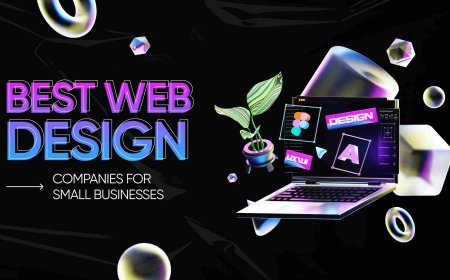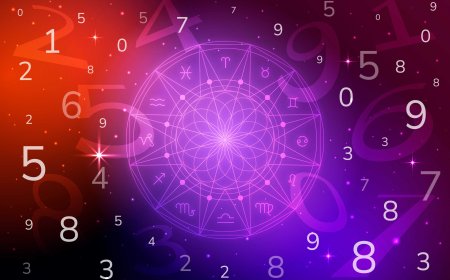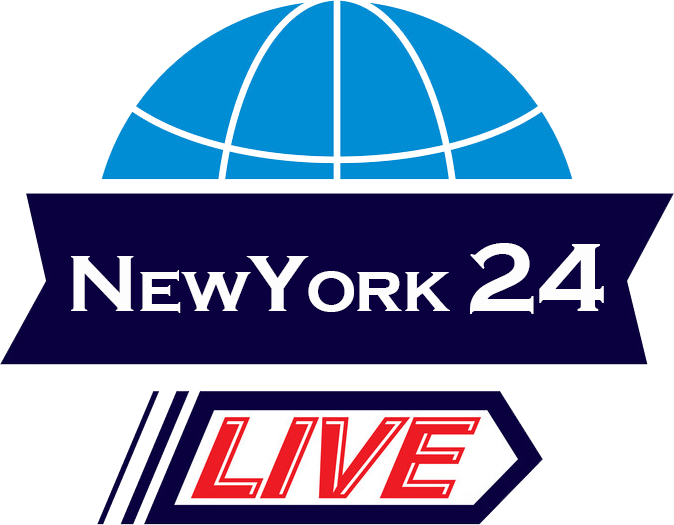Meditation Meets Tech: New Techniques Using AI & Biofeedback
Explore how AI-driven biofeedback transforms meditation techniques blending transcendental meditation, vipassana buddhism practices, and cutting-edge tech for stress relief methods.

When Silence Meets Silicon: A New Era of Meditation
Imagine sitting at your desk after a grueling sprint of coding, knuckles white from clenching the mouse. Your mind is buzzing, your body stiff classic burnout territory for anyone in IT. Now picture slipping on a sleek headband that reads your brainwaves, guiding you through a 5-minute session of stress meditation so tailored it feels like magic. Welcome to the frontier where ancient wisdom and artificial intelligence converge.
1. From Transcendental Meditation to Tech-Enhanced Calm
Transcendental meditation has long been a go-to for busy professionals seeking a quick mental reboot. Traditionally, youd close your eyes, repeat a mantra, and drift into stillness. But in our data-driven world, sit and repeat is getting an upgrade. AI-powered apps now analyze your voice, heart rate, and even facial expressions to suggest personalized mantras and breathing patterns. Instead of guessing whether youre truly relaxed, these platforms offer real-time feedback, helping you deepen your practice faster than ever.
At first, I was skeptical, admits Priya, a DevOps engineer. But the apps biofeedback nudged me toward a rhythm that actually quieted my racing thoughts.
2. Vipassana Meets Wearables: Not Just for Monks Anymore
The centuries-old practice of vipassana (insight meditation) and its roots in vipassana buddhism teach you to observe sensations without judgment. Applying this to the eye-watering stress levels in tech teams seems natural but how can a wristband or earpiece capture subtle body signals? Enter biofeedback sensors that detect skin conductivity, breathing rate, and muscle tension. As you practice, the device charts your stress map, highlighting moments when tension spikes and suggesting micro-breaks or a shift to meditation relaxation tracks.
This blend of ancient discipline with modern gadgets creates a loop: you learn what your body feels like when fully present, and the tech reminds you to come back when your mind drifts to your next sprint deadline.
3. Stress and Meditation: Data-Driven Decompression
We know stress and meditation are inversely related, but pinpointing which techniques work best has been guesswork until now. Platforms aggregate anonymized user data to identify which stress reducing activities yield the fastest body stress release. Is it a five-minute guided breathing session, or a ten-minute visualization of a serene landscape? With machine learning, these platforms refine recommendations over time. You might discover that your perfect midday reset is neither vipassana nor transcendental meditation, but a hybrid sequence of focused breathing followed by a quick body scan.
4. Beyond Mindfulness: The Future of Stress Relief Methods
The next wave of meditation techniques will merge virtual reality, haptic feedback, and AI tutors. Imagine slipping on VR goggles that transport you to a digital Zen garden. As you practice stress meditation, gentle pulses on a wearable vest sync with your breathing, guiding you toward deeper calm. The system logs your progress, offering data-driven insights on which stress relief methods give you the biggest return on time invested.
For IT professionals juggling sprints, stand-ups, and stakeholder demands, these innovations could become as essential as a good IDE or cloud console.
Bringing It All Together
Its an exciting time to be in tech and even more exciting if youre craving mental clarity. By integrating biofeedback and AI, the age-old art of meditation is becoming smarter, more personalized, and undeniably effective. Whether you lean into transcendental meditation, explore vipassana, or try a data-backed hybrid, theres a high-tech path to the calm you need.
Next Steps for the Tech-Minded Meditator
1. Try a Biofeedback App: Start with a free trial to see how your stress markers respond.
2. Experiment with Formats: Mix traditional vipassana buddhism practices with AI-powered suggestions.
3. Track Your Metrics: Use wearables to chart your progress on stress relief methods.
4. Join a Community: Share insights with fellow IT pros exploring meditation techniques.
Your mind is your greatest asset give it the tools it needs to thrive in silicon and beyond.







































